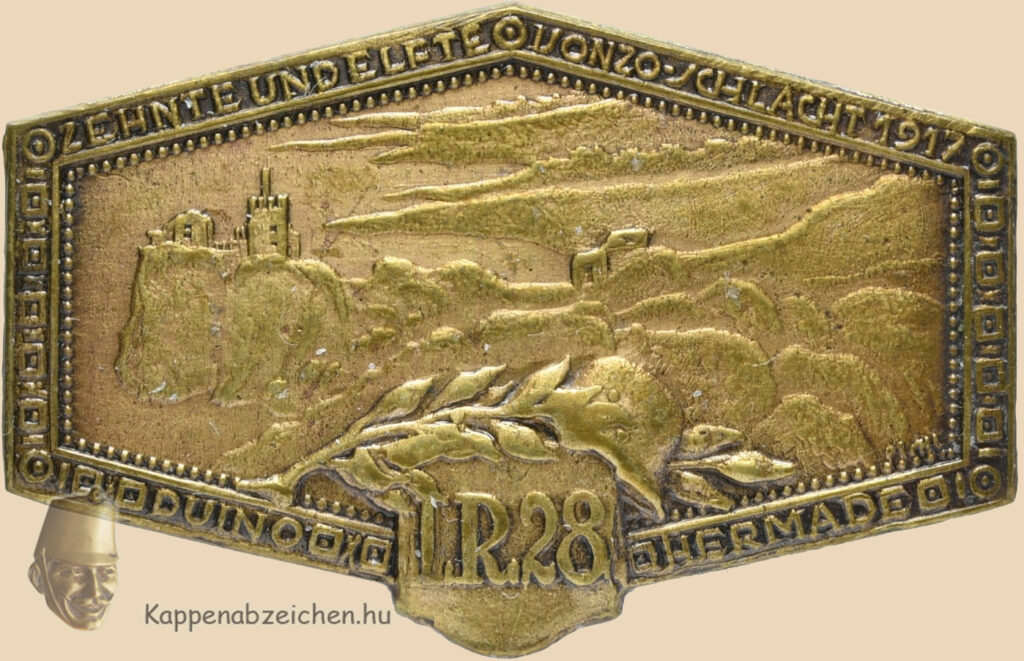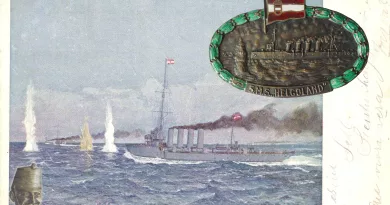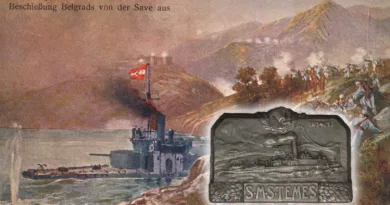The Easter battle of 1915 and IR 28
After the fall of Przemysl, from March 22, 1915, Russian pressure on the defense line of the 3rd Austro-Hungarian Army in the Carpathians intensified. The troops that had previously besieged the fort arrived and increased the number of attacking troops. The Russian attack was successful, further areas were lost, and their troops almost got out of the high mountains, mainly around Bártfa and Zboró in the Dukla pass. The Austro-Hungarian military leadership was forced to send all available troops to the front and strengthen the defense. The within the framework of the III. corps, the 28th division and the 28th infantry regiment were such hastily transferred reinforcements. The corps was given the task of recapturing the high points above Zboró.
The 28th Infantry Regiment was worn out, as were most of the units there. He took part in the battles in Limanova in December, when the Russian attack was only stopped at the cost of heavy losses. The equipment of the troops was incomplete, especially in terms of winter clothing. The marching battalions sent to replenish the 28th regiment arrived regularly, but they were not sufficiently prepared for front service. According to the investigation launched into the “desertion” of the regiment, instead of the minimum required 8 weeks, the soldiers took part in only 5 weeks of training and had no shooting practice. In other words, they didn’t even know how to use weapons. These are, of course, serious disadvantages, which can be used to explain the low combat value of the crew. However, all this does not reduce the responsibility of the incomplete training: the staff working in Prague could not/did not want to carry out the necessary training tasks.
The 28th Infantry Regiment had to be sent back to the front ahead of time from the rehabilitation. The 8th marching battalion, which had arrived in the meantime and was pulled back 30 km from the front line, did not have time to receive the missed training on the spot. The semi-civilian crowd commanded in this way could not fend off the outnumbered encircling attack of the Russians. The squadrons standing on the side of the heights around the Esztebnekhuta settlement were surrounded by the Russians who had broken through at the mouth of the valley. The remnants of the regiment laid down their arms without resistance.
Similar troop movements and encirclements took place in several places at that time. The circumstances of the Russian attack that destroyed the 3rd Honvéd Infantry Regiment were also investigated. The commanders of this regiment were exonerated by the investigation. Not so the 28th regiment. The subsequent analyzes (e.g. here) came to the conclusion that the investigation of the disaster that befell the regiment was already biased. Later, this incident, as well as the disarmament of the 36th Infantry Regiment a little later, was used to create anti-Czech sentiment in the army leadership and the general public. Disparaging and sometimes hostile opinions of Czech soldiers are very much common in Hungarian-language memoirs.
The 28th Infantry Regiment was subsequently deleted from the register. However, the cadre survived, and as the war progressed, this regiment was reorganized (the 36th was not). The 11th marching battalion of the regiment performed excellently on the newly opened Italian front in the area of Görz, where it was sent in May 1915. The command of the 93rd division requested the maintenance of the battalion in a petition sent to the headquarters. On July 20, 1915, the 28th Battalion again distinguished itself in the recapture of the summit of Mt San Michele. The division command repeatedly requested the development of the battalion into a regiment, that is, the re-establishment of the 28th Infantry Regiment. This time, on the personal orders of the monarch, it happened, and on December 22, 1915, the 28th regiment was again in service.

After this, it is no longer surprising that the 28th Infantry Regiment also produced a cap badge reminiscent of the Italian front, which I am attaching to this post. As a background, I chose a postcard depicting a scene from the Battle of Aspern, the memorial day of the regiment.




